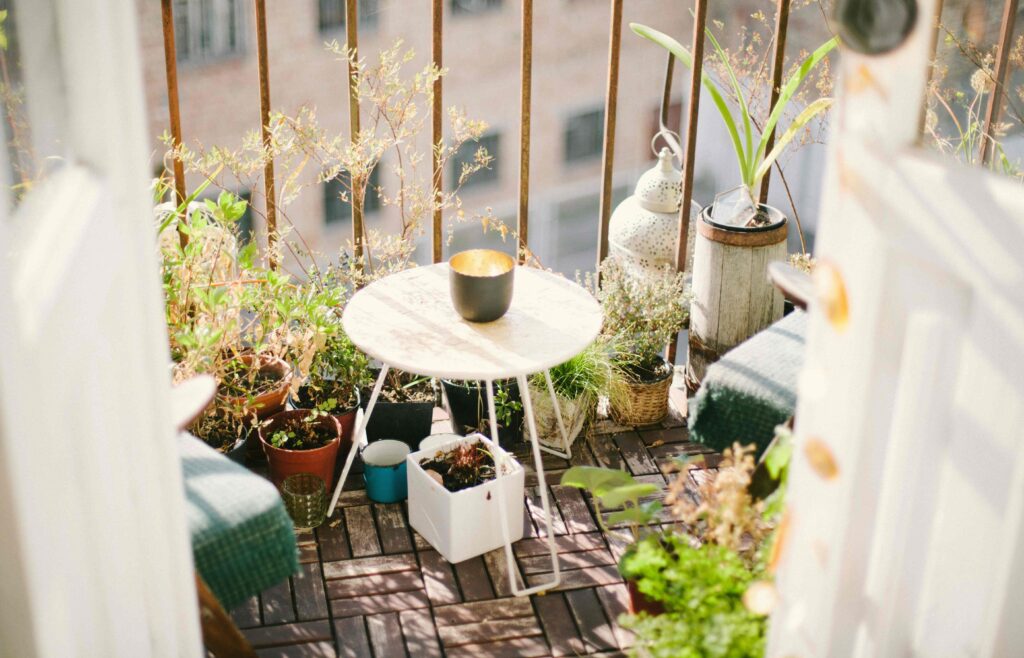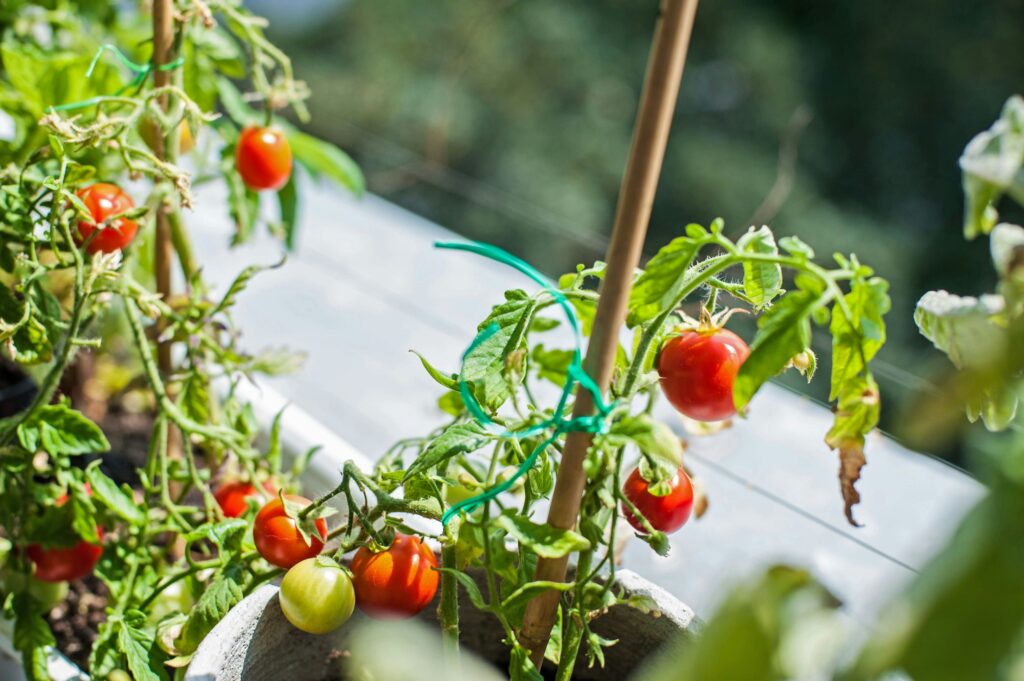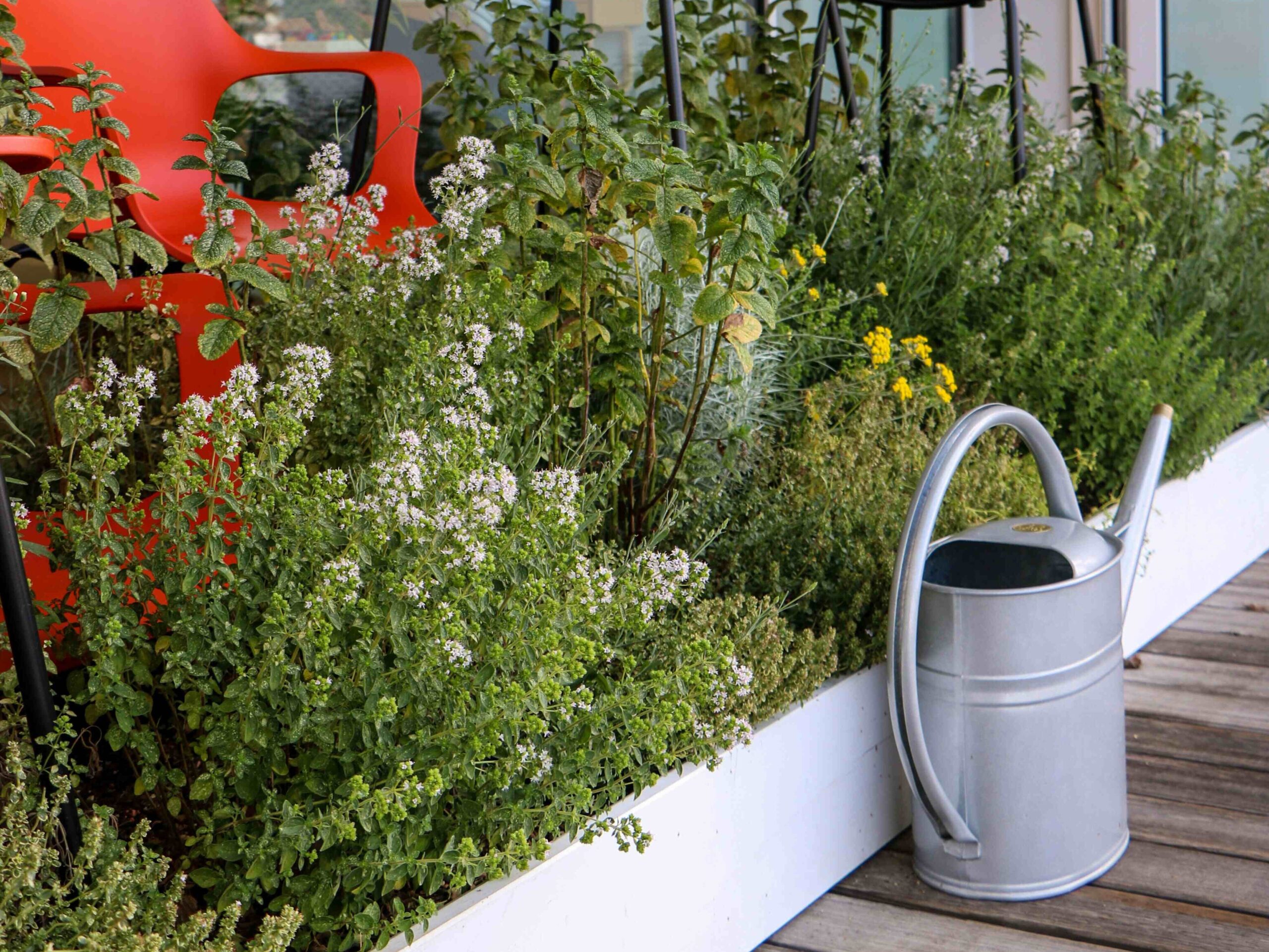Inspired by a new tree mural in Finsbury, rumoured to be a Banksy masterpiece, Nettle set out to discover the hidden gems of nature-inspired street art.
If you want to liven up your balcony but don’t know where to start, gardener Robert Ridgewell explains everything you need to know about preparation, must-have tools, and top tips to keep your micro-garden blooming.
Step 1.
Start by preparing your box. When gardening inside a timber box, it is essential to line it with a plastic membrane like a bin bag. Puncture small holes into the lining to prevent the soil from drying out, while also ensuring it can drain.
Step 2.
Rather than general-purpose compost, container compost is more suited to window boxes. Adding extra horticultural grit to your compost ensures good drainage and aeration; the roots will be able to breathe and spread freely.
Step 3.

Add a slow-release natural fertiliser. Look for ‘Bonemeal,’ or ‘Fish, Blood and Bonemeal’, available in most garden centres.
Step 4.
After you have prepared the perfect environment for your plants, the next stage is choosing what you want to plant. Consider the vertical structure as well as the trails.
Step 5.
Once you are ready to plant, place the individual plants inside the box so the compost is not visible. This will help shade the compost to protect it from drying out in windy and sunny conditions.

How to keep your window box looking great
Soil:
The most important thing for your soil is firstly, to get the soil structure right; being moisture-retentive yet easy to crumble and free draining. Think about the PH balance of your soil. This will guide you when choosing what plants you wish to grow.
Plants:
When it comes to the plants, their health is essential to a successful window box. Be wary of diseased leaves. If you discover them, remove them before they cause the rest of the plant to suffer. Burn them rather than add them to your compost bin.
Avoid herbicides and pesticides. A more effective route is associating plants that will assist each other to naturally fight off each other’s pests.
To control weeds, engage in a process known as ‘dry watering’. Regularly watering them on a dry day, naturally kills the weeds as well as loosens the soil surface so that the moisture can be absorbed.
Tools at the ready:
- A strong spade for general digging
- A narrow planting spade
- A Dutch Hoe (which is best for weeding)
- A good trowel and hand fork
- A watering can with a fine rose

